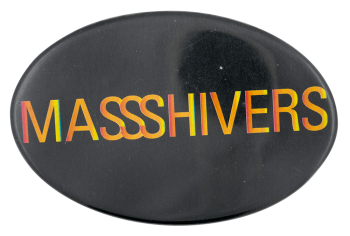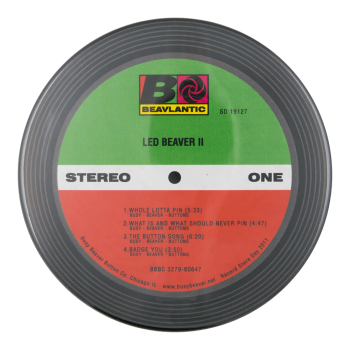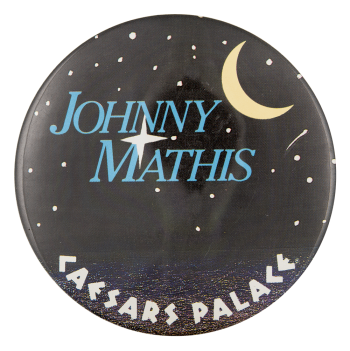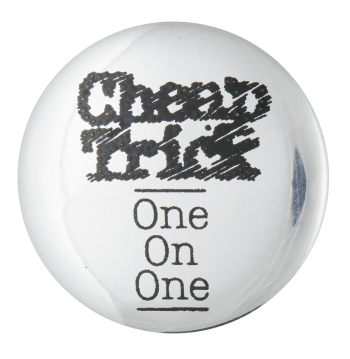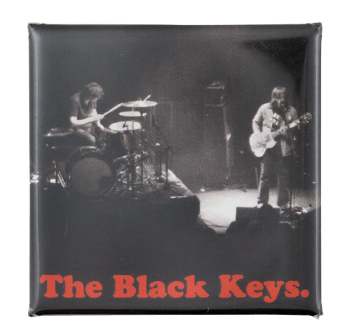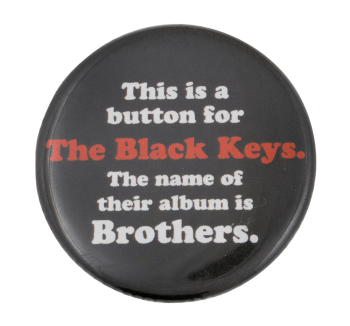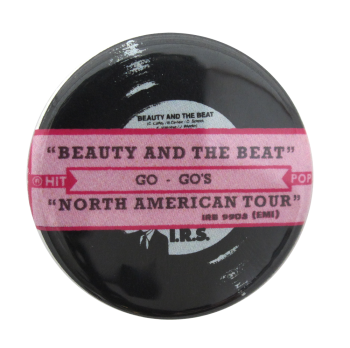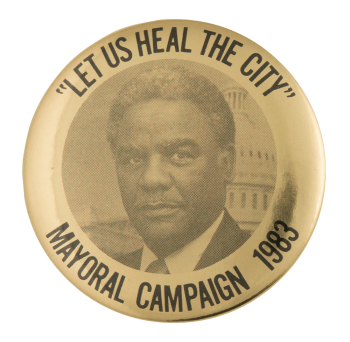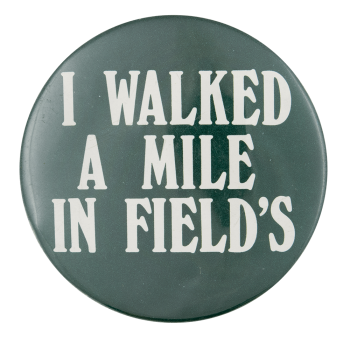Mazel Tov Jeff
| Category | |
|---|---|
| Additional Images | |
| Sub Categories | |
| Text on Button | MAZEL TOV JEFF |
| Image Description | Blue background with a photograph of Jeff Tweedy's head inside a red circle in the center with white text above and below it. |
| Curl Text | 11-23-13 |
| Back Style | |
| The Shape | |
| The Size | |
| Year / Decade Made | |
| The Manufacturer | |
| Additional Information | Jeff Tweedy is an American singer and songwriter. He co-founded the band Uncle Tupelo in 1987, which is credited as a founder of the alternative country genre, as they blended alternative rock and traditional country music. After Uncle Tupelo disbanded in 1994, Tweedy went on to form Wilco, an alternative rock band that continues to record, perform, and tour today. Their album Yankee Hotel Foxtrot was named best album of the year in 2002 by The Village Voice and was certified gold by the Recording Industry Association of America for selling over 500,000 copies. Although still actively part of Wilco,Tweedy also performs as part of the duo, Tweedy, alongside his eldest son, Spencer. Tweedy's wife, Sue Miller, is Jewish, as are his two sons, Spencer and Sam. In 2013, the same year Sam, celebrated his bar mitzvah, Tweedy converted to Judaism. These buttons were created to celebrate both occasions. This button was manufactured by the Busy Beaver Button Co. |
| Catalog ID | MU0196 |



